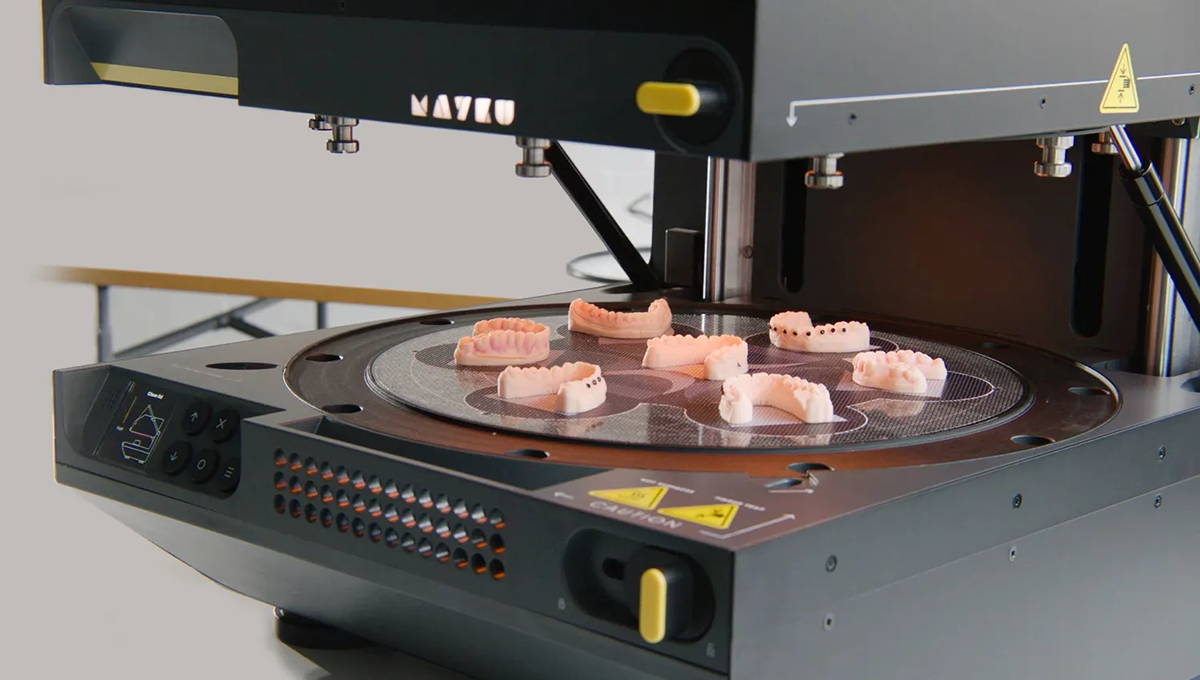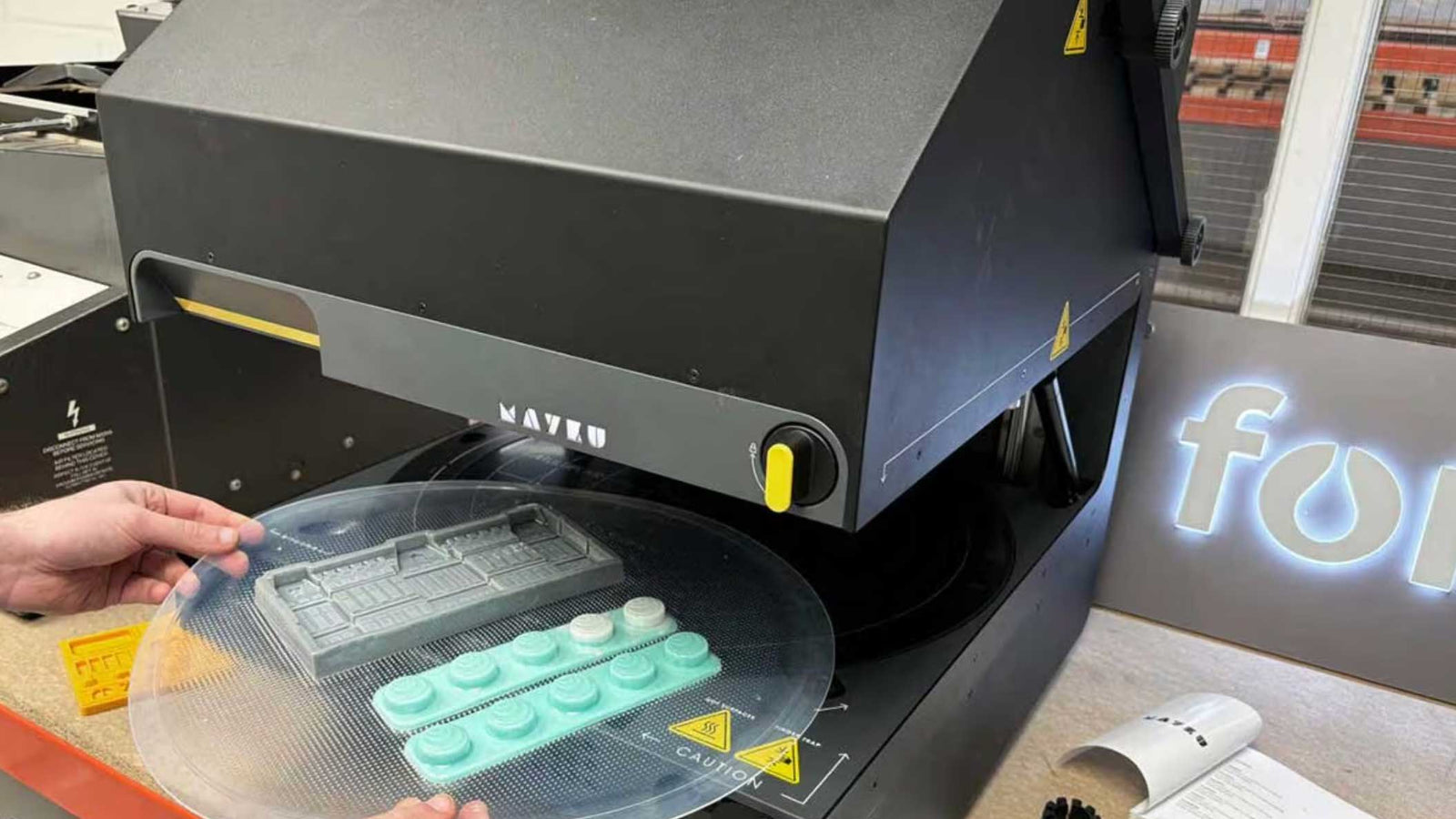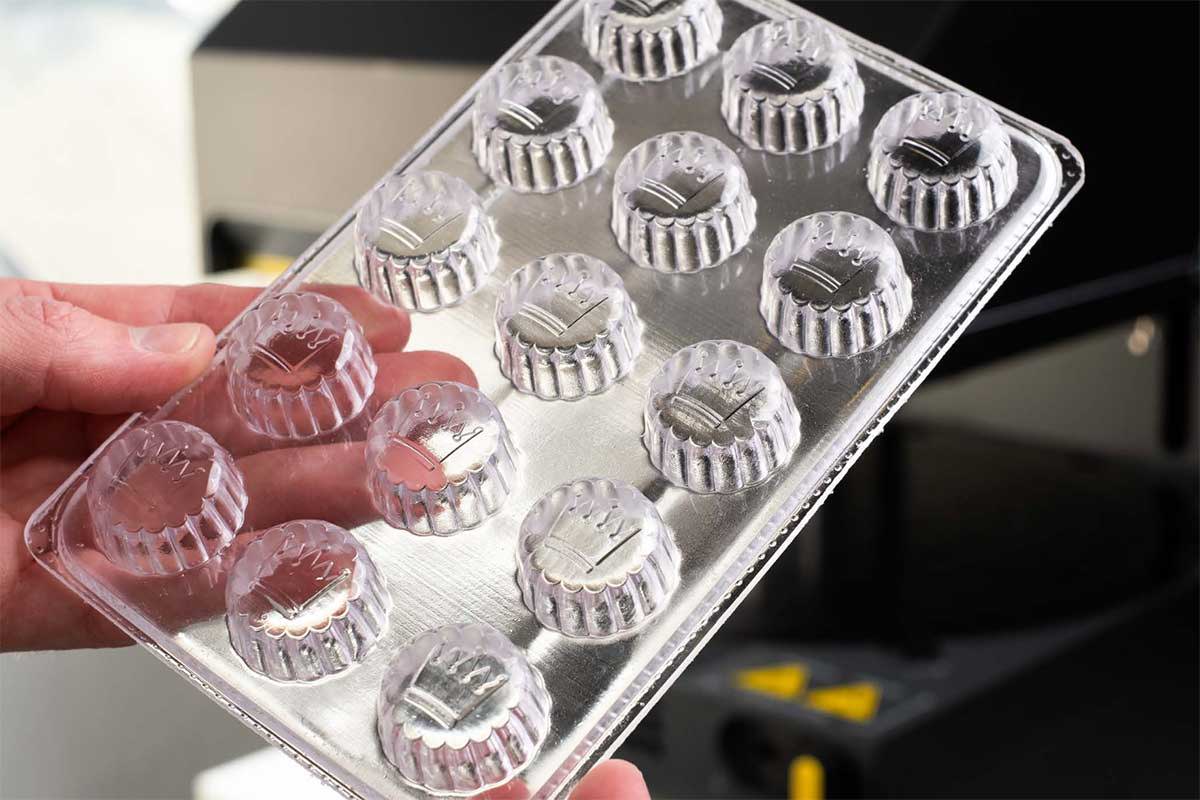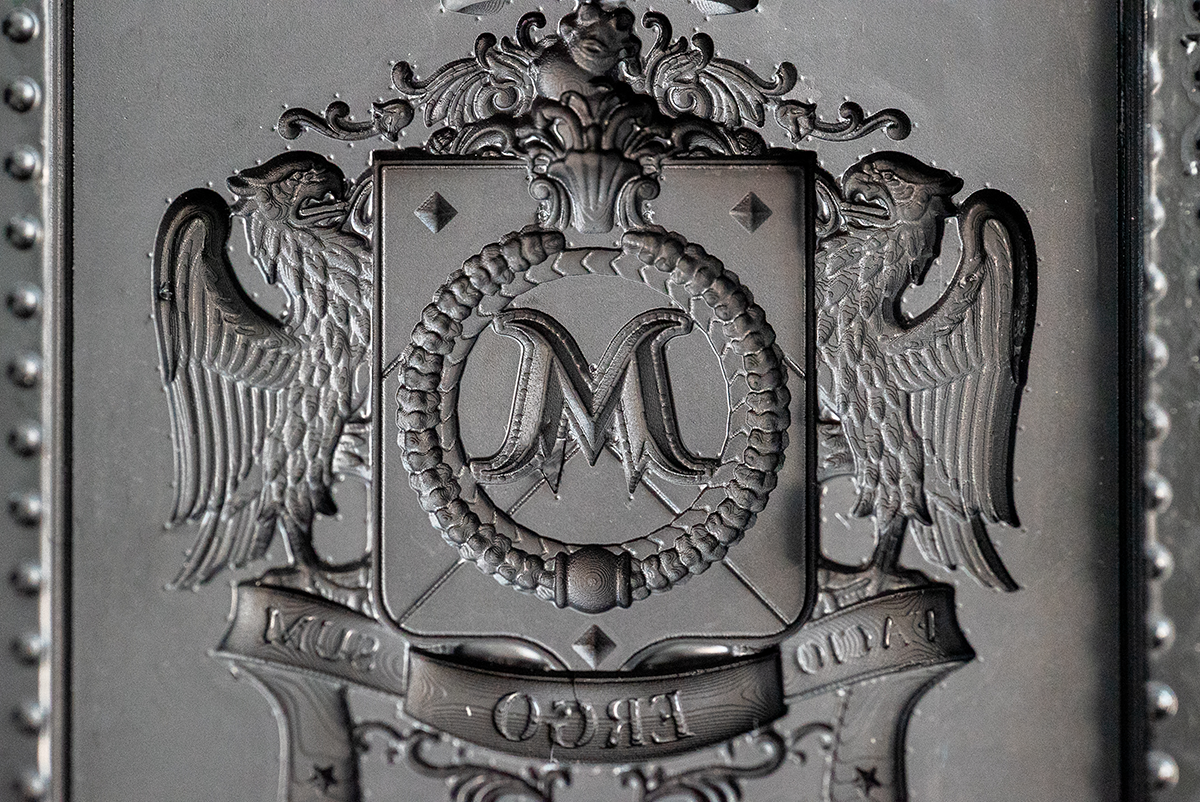Makers: The New Industrial Revolution by Chris Anderson
September 20, 2023

An Unofficial Book Review of Makers
I am very fortunate to come to 3D printing as a 'newbie' and have the opportunity to explore the possibilities of this rapidly growing industry - in the words of Avi Reichental of 3D Systems, 'exponentially growing.'
Not first and foremost a technology person, I am still able to grasp the concepts of 3D printing and what makes it such an exciting phenomenon. Ideas like empowerment, democratization, customization, open-source sharing and the potential of the amazing creativity of the DIY movement in combination with open-source technology. I am excited by the possibilities, more and more of them realized each and every day.
In Makers: The New Industrial Revolution, Chris Anderson, author of the best-selling, The Long Tail, and editor in chief of Wired, explains the sources of this excitement and adds to it as he discusses the potential for 3D printing to jump-start U.S. manufacturing, where employment as a percentage of total working population is at a century-long low.
Anderson presents this vision of the future through two starting images, one from personal experience and one from a more abstract realm, that of science. His personal experience was of his grandfather, a lifelong tinkerer, who developed and patented an early automatic sprinkler system, something much-needed in the California of his time with its hot sun and residents- insistence on green lawns.
In following the story of his grandfather as Anderson compares that experience to the experience of today's tinkerers, 'Makers,' we begin to understand how profoundly significant the difference is. As Anderson says of today, 'any kid with an idea and a laptop can create the seeds of a world-changing company.' Much of the book is devoted to looking at the dimensions of that difference, primarily centered around giving tinkerers a computer and a connection to the Internet.
The other image that tells the story is the scientific one, the transition from bits to atoms. This image describes how we will take what we have discovered in the last ten years about creating, inventing and working together on the Web (bits) and reapply that knowledge to the real world (atoms). Physical objects begin as computer designs, and the designers share the designs online as files. A movement that began in factories and industrial design shops is moving into homes and garages and basements.
Touring this changing landscape with Anderson, I gained some surprising new perspectives. In talking about what revolutions can do, he described the movement from farmland into factories in the city and talked about the improvement in health that industrialization provided despite romantic claims to the contrary. Brick buildings in the cities protected people from damp and disease, and mass-produced cheap cotton clothing and good-quality soap allowed 'even the poorest' to have clean clothing and better hygiene. Increased income allowed a better, more varied diet and improved access to healthcare, schools and other shared resources (pp. 36-37).
The productivity enhancements of the First and Second Industrial Revolutions drove worldwide economic growth. They changed everything 'from longevity and quality of life to where people live and how many there are of them' (p. 38).
Many view the Information Age as the Third Industrial Revolution. Anderson argues that it was not an industrial revolution until it had a 'democratizing and amplifying effect on manufacturing,' similar to the first two revolutions. He says the 'Third Industrial Revolution is best seen as the combination of digital manufacturing and personal manufacturing: the industrialization of the Maker Movement.' The digital transformation not only makes existing manufacturing more efficient, but it also extends manufacturing to a hugely expanded population (p. 41).
The tools of 3D printing, the printers, and the laser cutters, are ways to turn bits into atoms. And the process works in reverse too! 'Reality capture' starts with an object, scans it and turns it into an image that can be manipulated and modified onscreen.
Piece by piece, Anderson examines the components that have created the specific characteristics of this Third Industrial Revolution: open hardware, building 'communities' on open organization models, reinventing the old big factories and the maker movement.
He wonders, 'Can Makers make jobs'? pointing out that as output doubled over the past four decades, manufacturing employment fell by about 30 percent over the same period (p. 153). I have watched that happen and experienced repeated calls for 'retraining' in the manufacturing world, as jobs went away, never to return.
Anderson also points out that outsourced jobs are becoming more expensive as wages rise dramatically in countries to which we outsource, making them less of a threat.
He observes that the Maker Movement, in essence, finances itself by sharing designs, letting consumers manipulate and customize them, then pay for the output. In addition, crowd-funding advances the movement, giving it the lateral growth it requires to be a revolution.
Resulting Maker businesses represent the ultimate combination of atoms and bits - all described through the lens of stories about real people and their experiences.
The book is readable, explanatory, even exciting. It puts this newest revolution into the context of history, cultural history and manufacturing history. Its Appendix, 'The 21st-Century Workshop,' invites us all, democratically, to join the revolution by providing brief introductions to its main tools.
In the meantime, follow us on Twitter (@3dprintingisfun) and like us on Facebook. Subscribe to this blog, or visit us at shop3duniverse.com.
More 3D Universe blog posts:
Learn more about getting started with 3D printing HERE.










